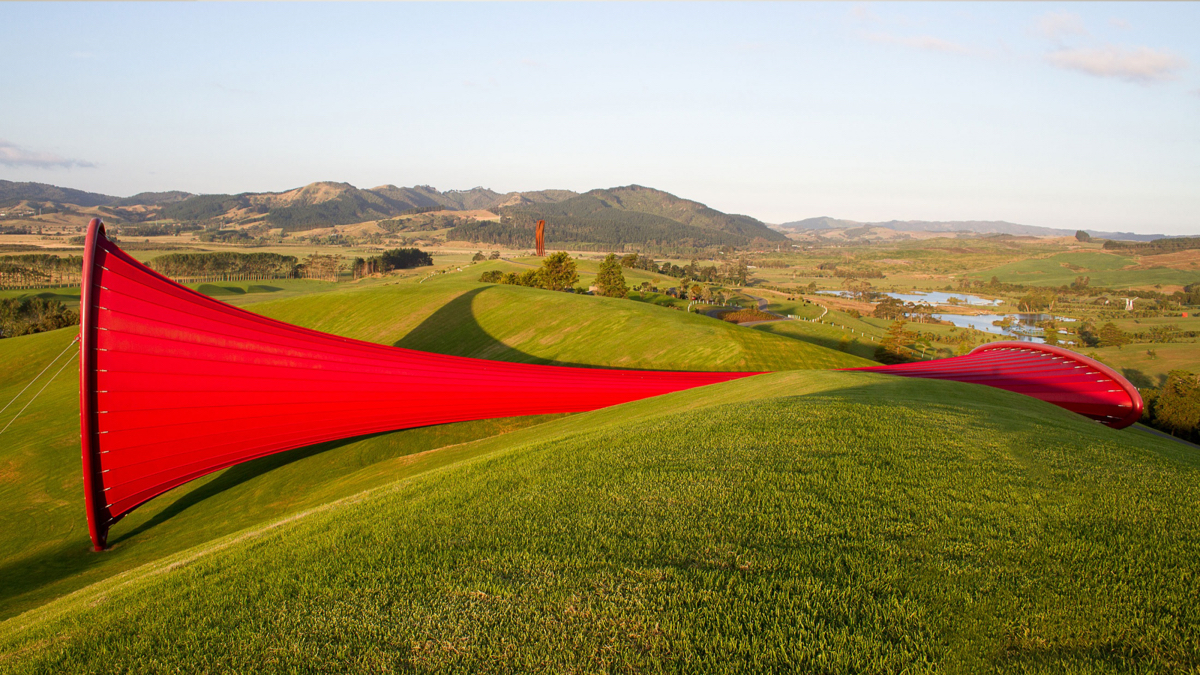
10 Things You Should Know about Anish Kapoor
Join Artsper as we guide you through the life and work of British-Indian artist Anish Kapoor, one of the most important personalities in contemporary art. Here are 10 things you should know about Kapoor!
1. He was born in Mumbai, India

Anish Kapoor was born in Mumbai, India on March 12, 1954. He attended an elite boarding school in India called The Doon School.
2. He moved to London in 1973
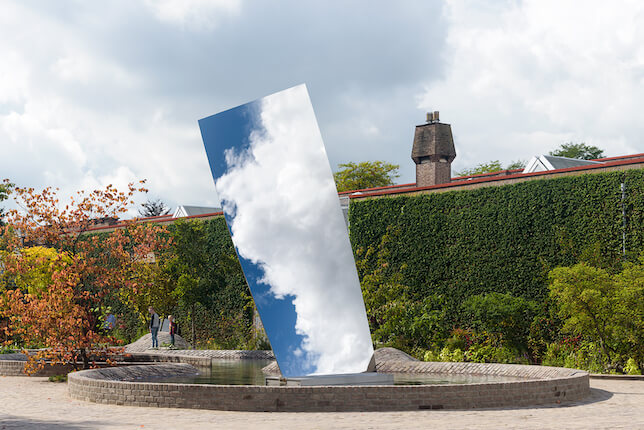
In 1973, he decided to become a professional artist and moved to the United Kingdom, where he studied at Chelsea School of Art and Design.
3. His early works are brightly colored sculptures

The first notable pieces produced by Kapoor are brightly colored sculptures with curved forms. 1000 Names is one of these works, made from colored pigments. The work was influenced by his travels through India in 1979, where pigments are often sold outside temples.
4. He began to use red wax in the 90s
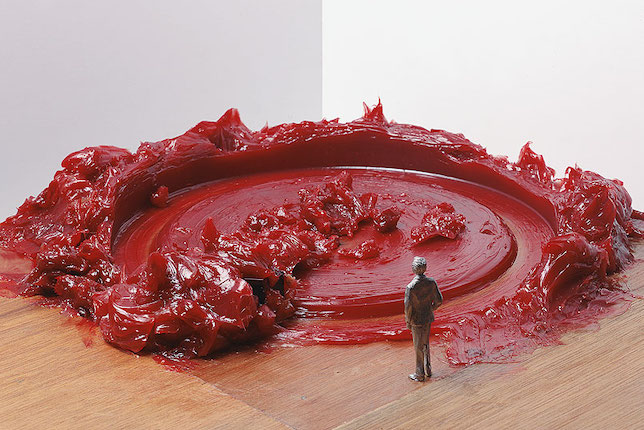
In the 1990s, he started using the red wax so characteristic of his work, evoking blood, human flesh and transfiguration. Kapoor commented on his personal connection to the color when he said that for him it represented his homeland.
5. He began producing giant works in the late ’90s

Since the late 1990s, Kapoor has been producing gigantic pieces such as Taratantara, a 35-meter-long work that can be seen at the Baltic Centre for Contemporary Art in Gateshead, and Marsyas in the turbine hall at Tate Modern in London.
6. His recent works use reflective surfaces and mirrors
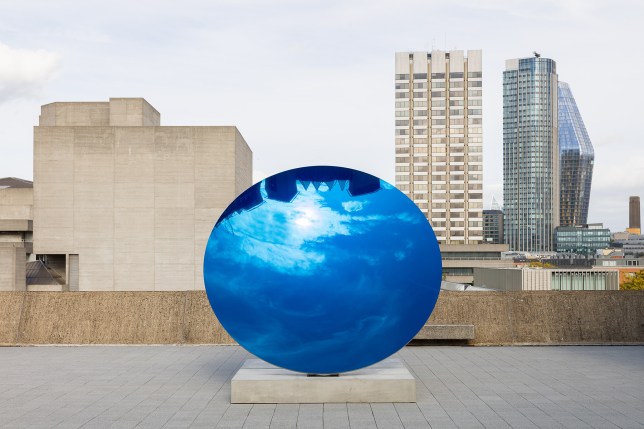
Kapoor’s recent works rely on reflective surfaces and mirrors, offering the viewers a distorted image of themselves. One example of his reflective works is Sky Mirror at the Rockefeller Center.
7. He was named a Commander of the Order of the British Empire.
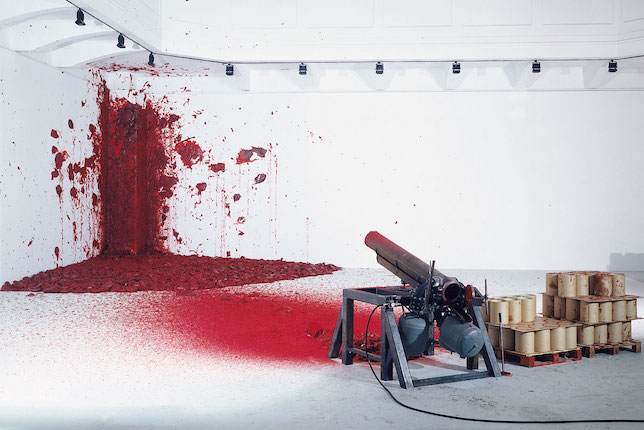
In 2003, Kapoor was named a Commander of the Most Excellent Order of the British Empire. He was then knighted in 2013, in recognition of his contribution to the arts in Britain.
8. He bought exclusive rights to a pigment

In 2016, Kapoor bought the exclusive artistic rights to a pigment called Vantablack. The pigment was produced by Surrey NanoSystems, and was promoted as the blackest black to exist in the world, absorbing almost all visible light.
9. He won the Turner Prize in 2011

Kapoor won the Turner Prize, the prestigious contemporary art award given by the Tate Gallery, in 1991. The other three artists nominated for the award were Ian Davenport, Fiona Rae and Rachel Whiteread.
10. He collaborates with people in different fields

As well as artists and designers, Kapoor likes to collaborate on projects with people and companies from fields other than art. Some examples are his partnership with engineer Cecil Balmond and luxury brand Bulgari.

About Artsper
Founded in 2013, Artsper is an online marketplace for contemporary art. Partnering with 1,800 professional art galleries around the world, it makes discovering and acquiring art accessible to all.
Learn more











